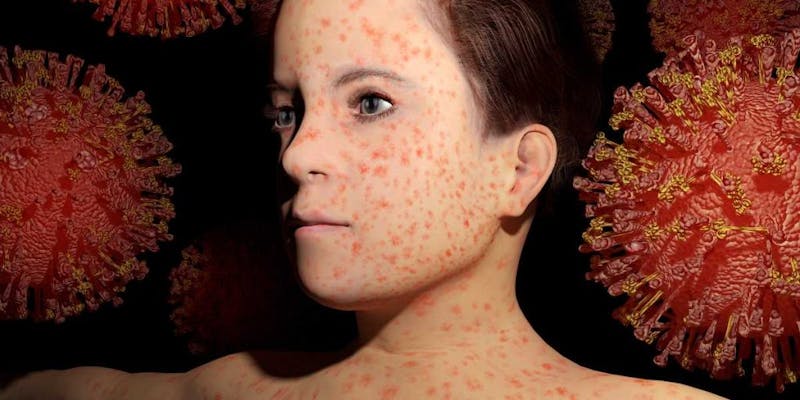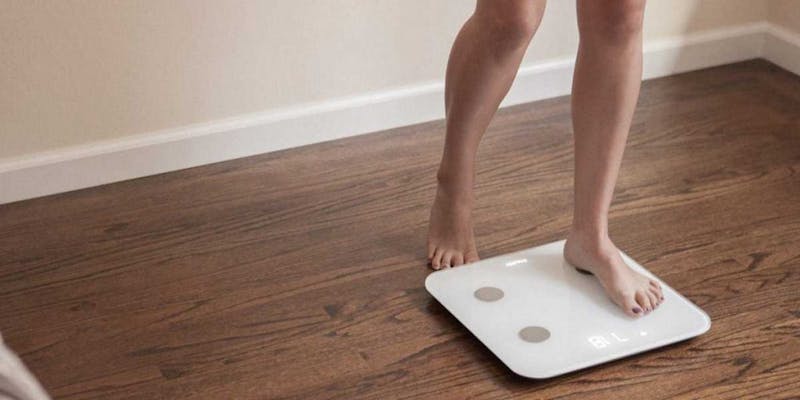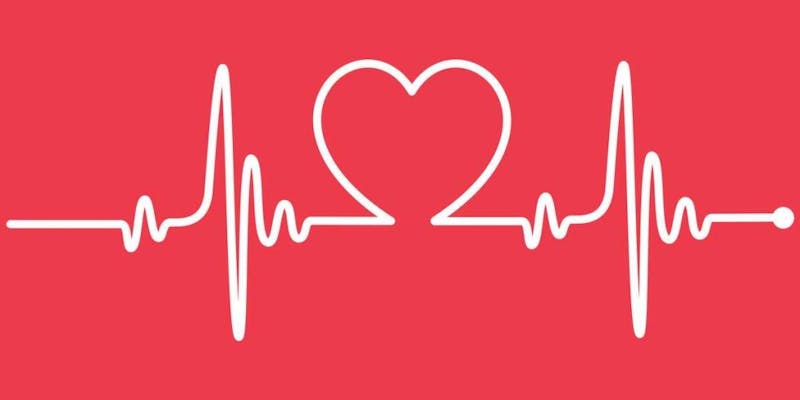04
May

Space Medicine & Telemedicine
It is the vocation of the doctor to study, analyze and reflect on the health problems that afflict our population, as well as to deepen in the emerging areas of medicine and that it seems necessary to penetrate more decisively in their field of knowledge. Such it the case of space...
View More04
May

Measles outbreak
Measles is a very contagious and serious disease caused by a virus. In 1980, before widespread use of the vaccine, measles caused about 2. 6 million deaths a year. Globally it remains a leading cause of death in young children, despite the fact that there is a safe and effective va...
View More04
May

Pregnancy After Bariatric Surgery
Here are some guidelines you'll find helpful to incorporate while on your pregnancy, make sure to work with your health care provider to determine what’s right for you. Eat every 3 to 4 hours -plan for 5 to 6 small meals and/or snacks each day. Always include a protei...
View More04
May

Fruits and vegetables’ latest superpower? Lowering blood pressure
Eating potassium-rich foods like sweet potatoes, avocados, spinach, beans, bananas — and even coffee — could be key to lowering blood pressure, according to Alicia McDonough, Ph. D. , professor of cell and neurobiology at the Keck School of Medicine of the University of...
View More04
May

Gastric Sleeve rules: using the sleeve for weight loss success
Bariatric surgery is the best tool available for people with obesity that want a better lifestyle, increase years to their lives and look forward to being their very best selves. Sadly, since surgery does pretty much all the work during the first months and weight loss is easily a...
View More04
May

Top 5 tasty, super healthy and ready-to-go recipes for sleeve patients
After weight loss surgery, the emphasis on protein is relevant as it helps prevent muscle breakdown, anemia and hair loss. Sometimes, if before surgery a patient was accustomed to eating processed foods, he or she might end up wandering in the supermarket aisles comparing food la...
View More04
May

Data Points To Know Yourself Better
iHealth Core uses the bioimpedance method by using 4 conductors to determine the hindrance of electrical flow through the body and uses that to calculate the total body water. From the total body water, it can estimate the 9 data points. As a bonus, we have a separate sensor for ...
View More04
May

Why adults need to get vaccinated??
Just as we take care that children receive complete immunization schedules, it is key that after adolescence, and throughout life, we continue to receive the necessary vaccines according to age and other personal characteristics, to prevent a large number of pathologies, some ser...
View More04
May

Pipes clogged? BM after weight loss surgery.
Decreased food intake, difficulty on drinking adequate amounts of fluids, and iron & calcium supplementation can reduce frequency in bowel movements. Is there something you can do? First, you would need to assess if there is a medical condition that is somehow impeding the pro...
View More04
May

Do you know what an electrocardiogram – EKG is?
It is a simple, available, quick test that does not cause any discomfort (it is painless) and has no risk to the patient (no electricity is sent through the body, it only detects the electrical activity that is generated in the body itself heart). It is very useful for the diagno...
View More04
May

FDA Approves Direct to Consumer Genetic Predisposition Test.
The U. S. Food and Drug Administration today allowed marketing of 23andMe Personal Genome Service Genetic Health Risk (GHR) tests for 10 diseases or conditions. These are the first direct-to-consumer (DTC) tests authorized by the FDA that provide information on an inidual's ...
View More04
May

Can I drink coffee after weight loss surgery?
Bariatric patients offer wonder about caffeine consumption after surgery. What does the research say? First, let's take into account that coffee is an excellent source of antioxidants, which happen to be disease fighters and anti-aging compounds. Of course, as long as it is ...
View More
